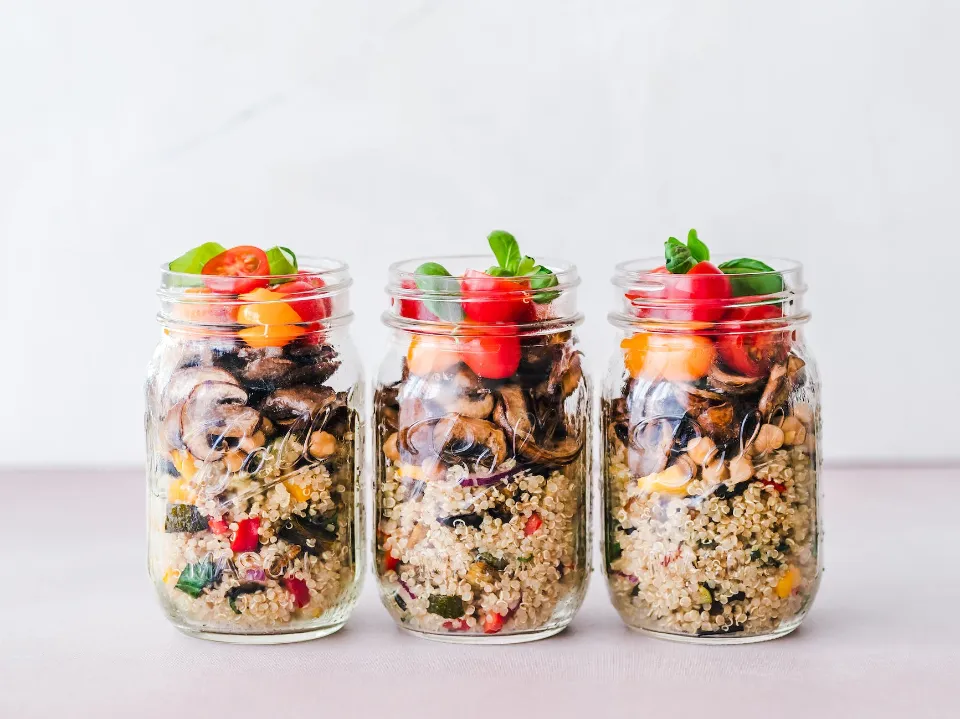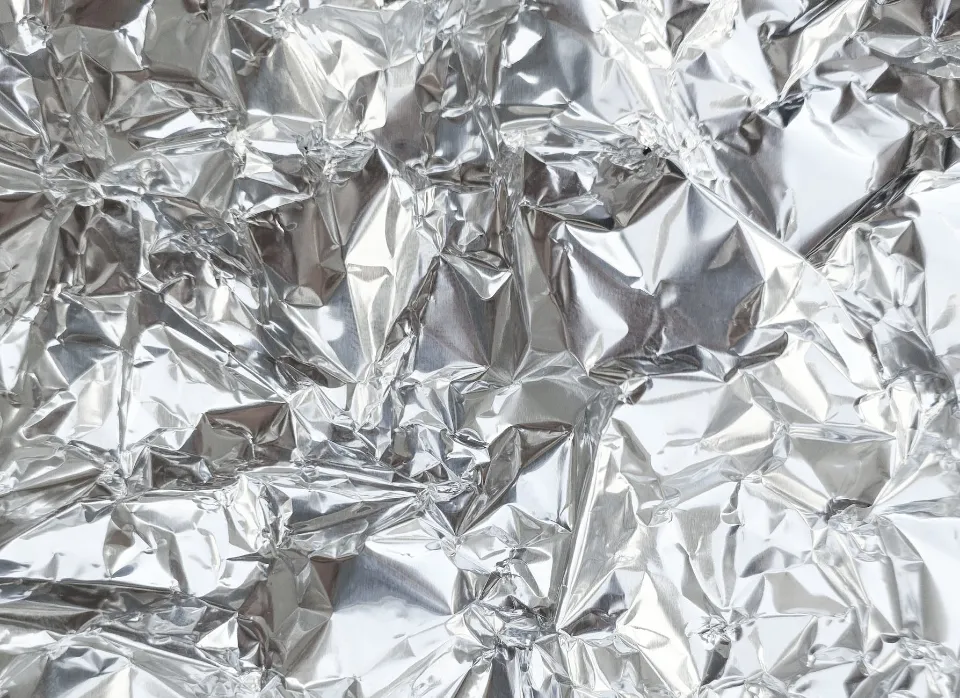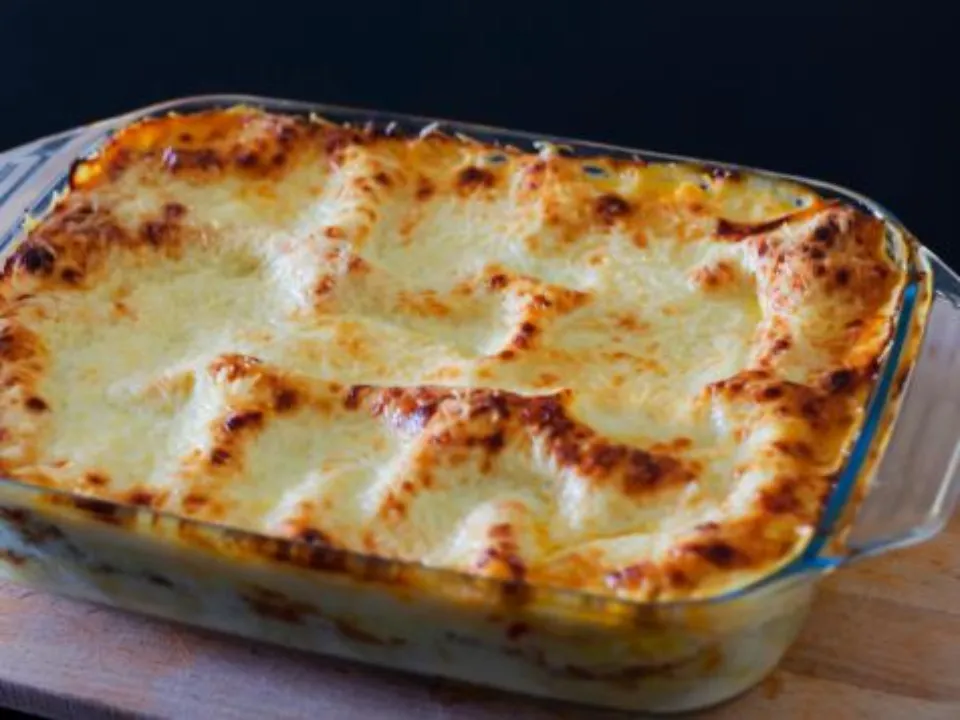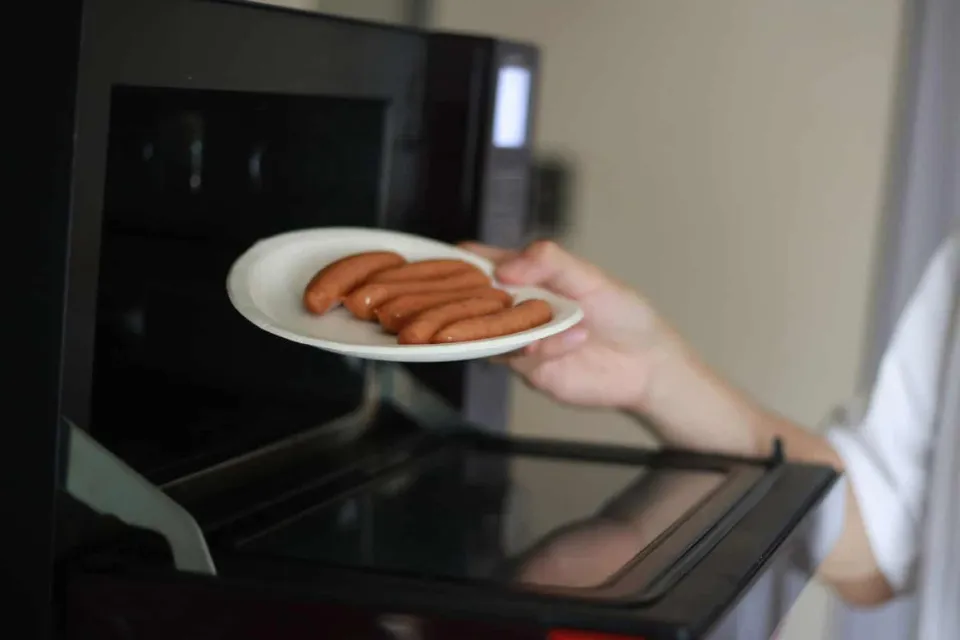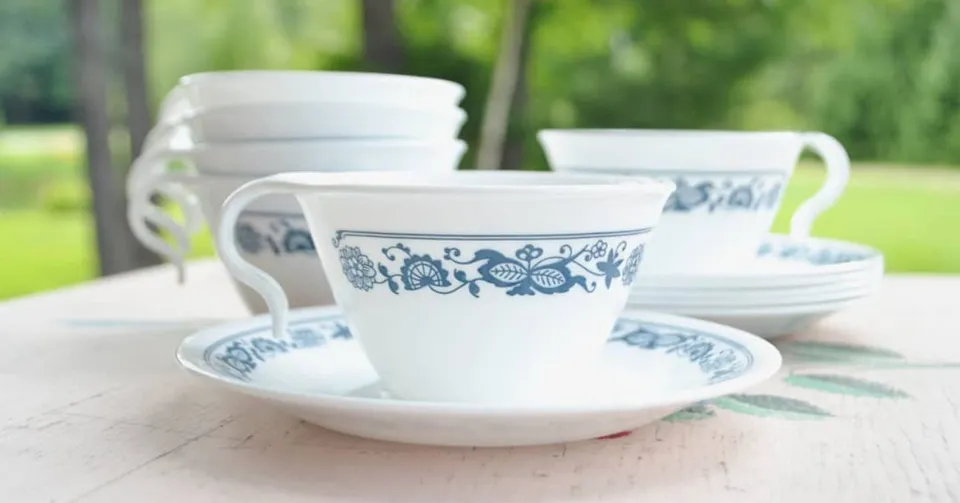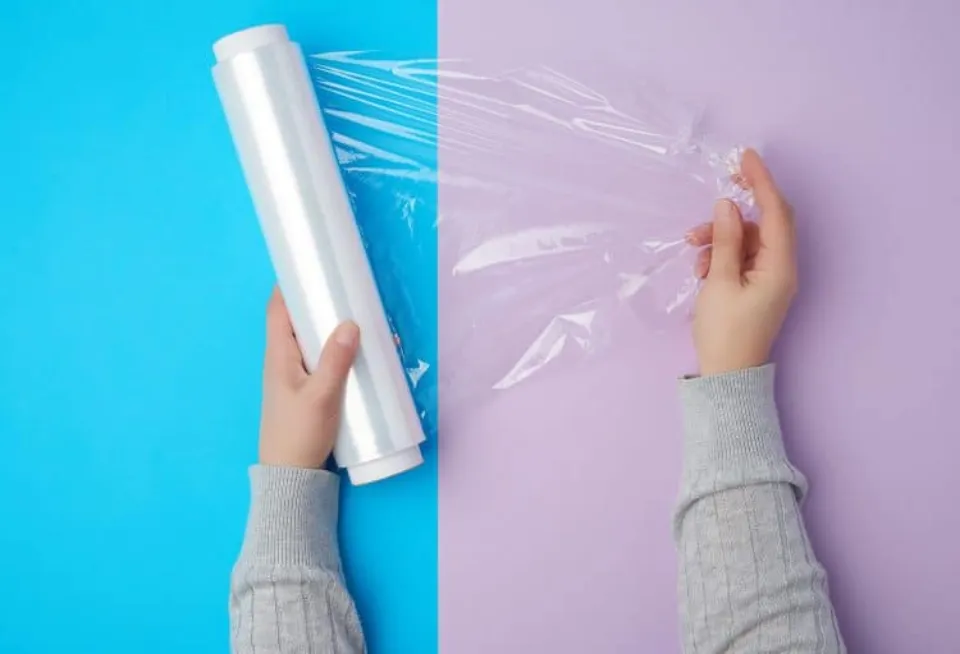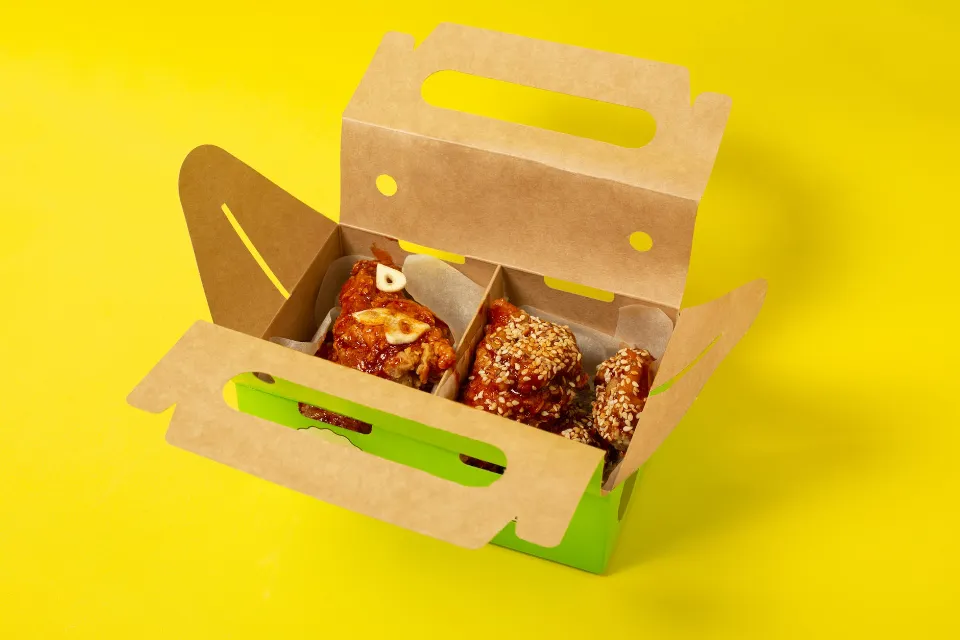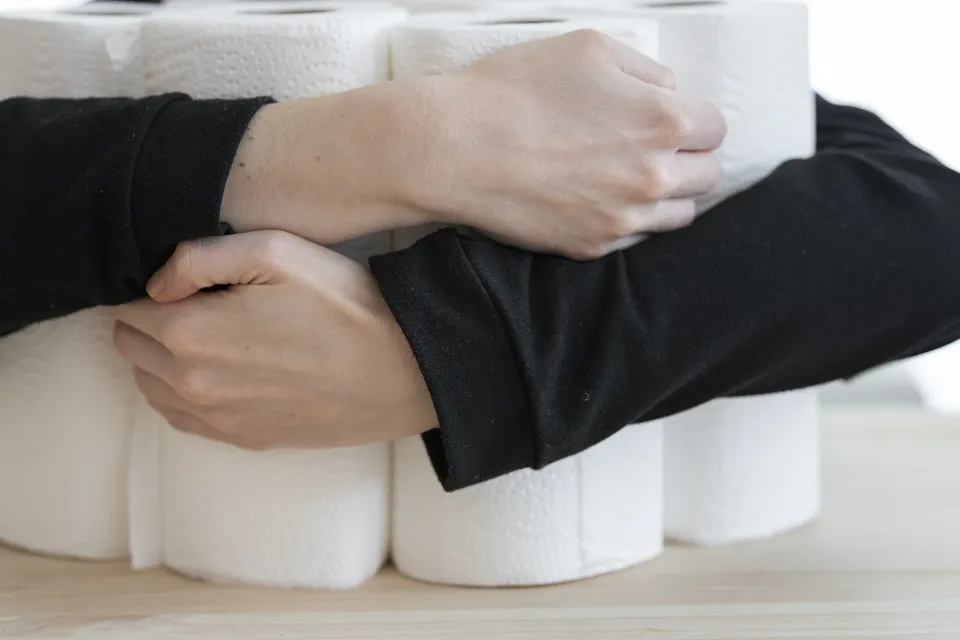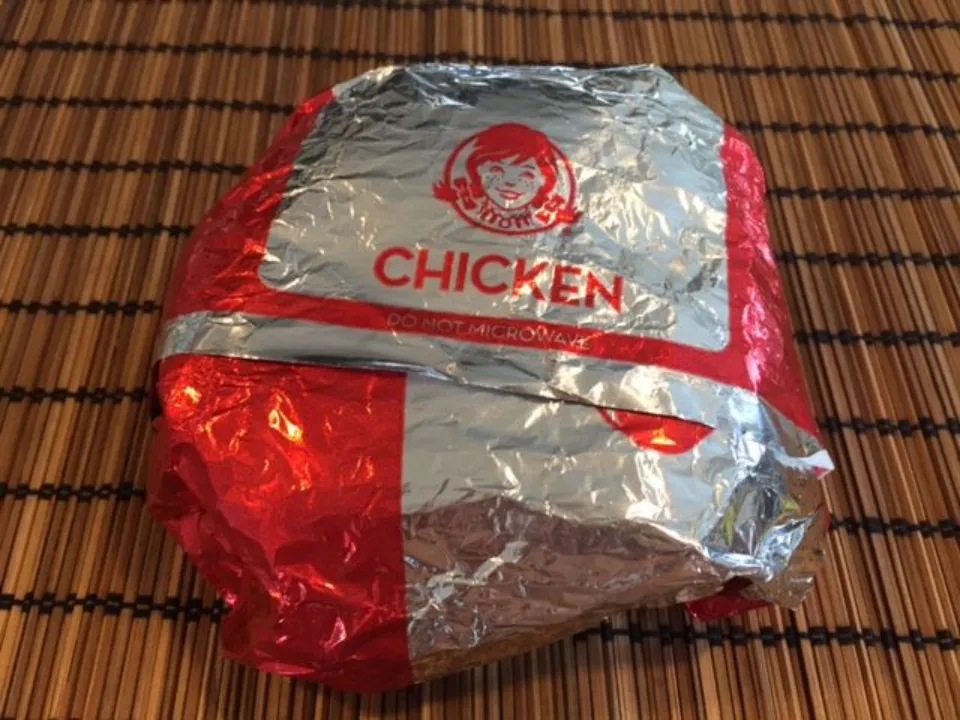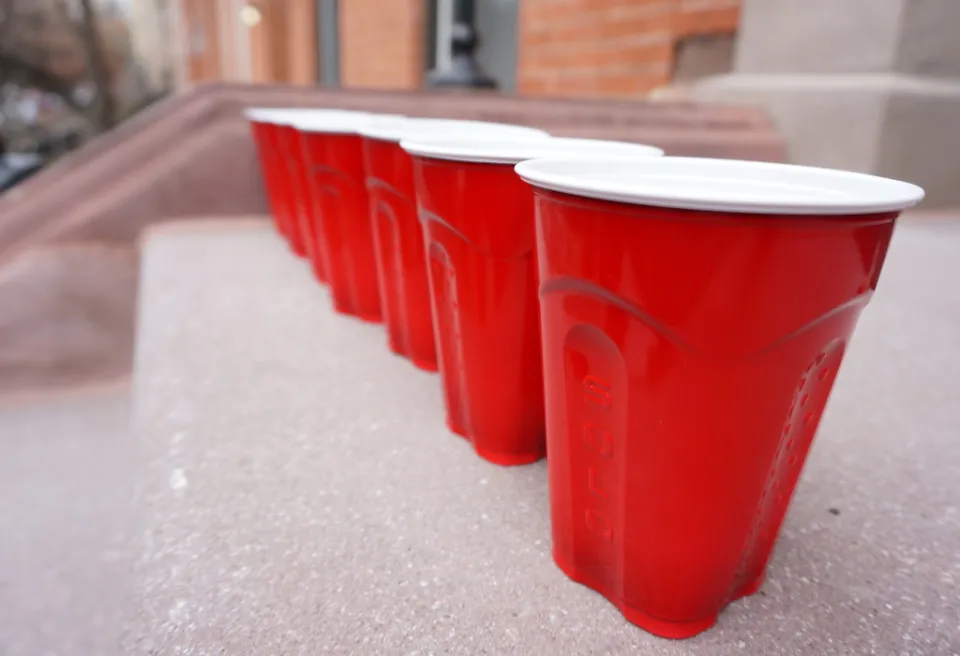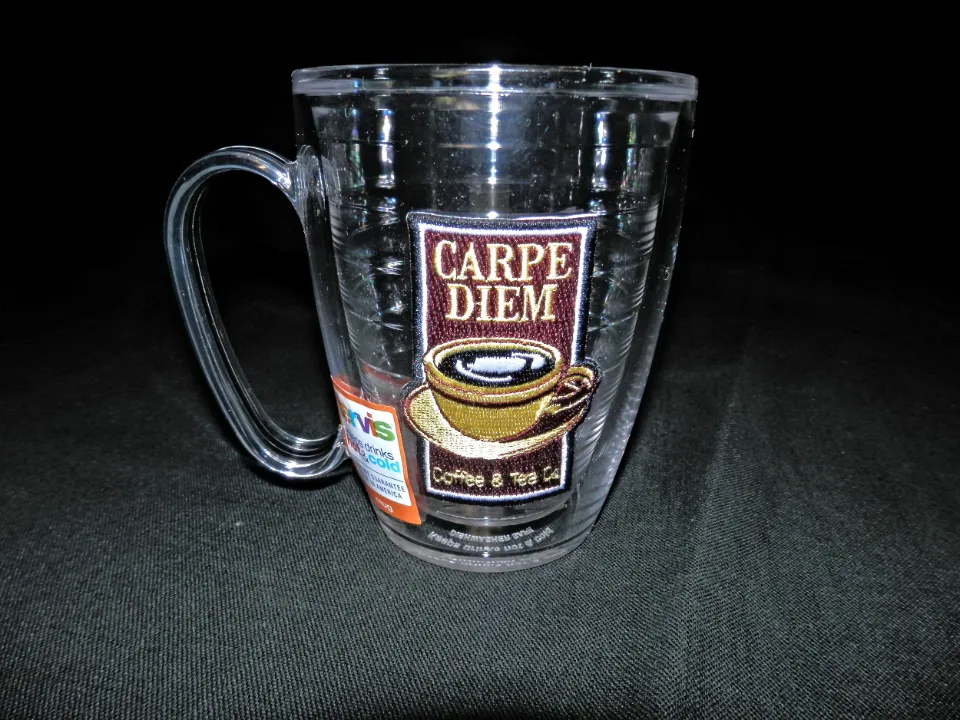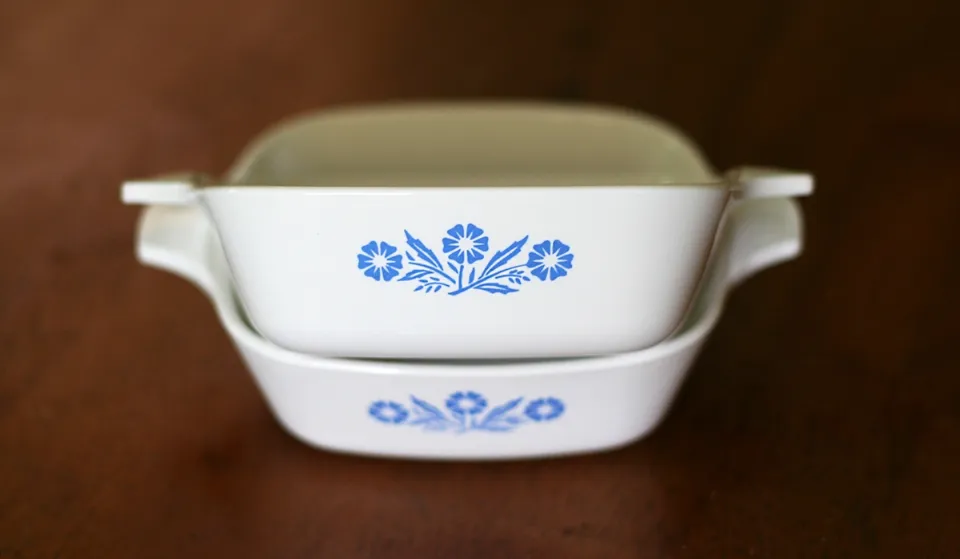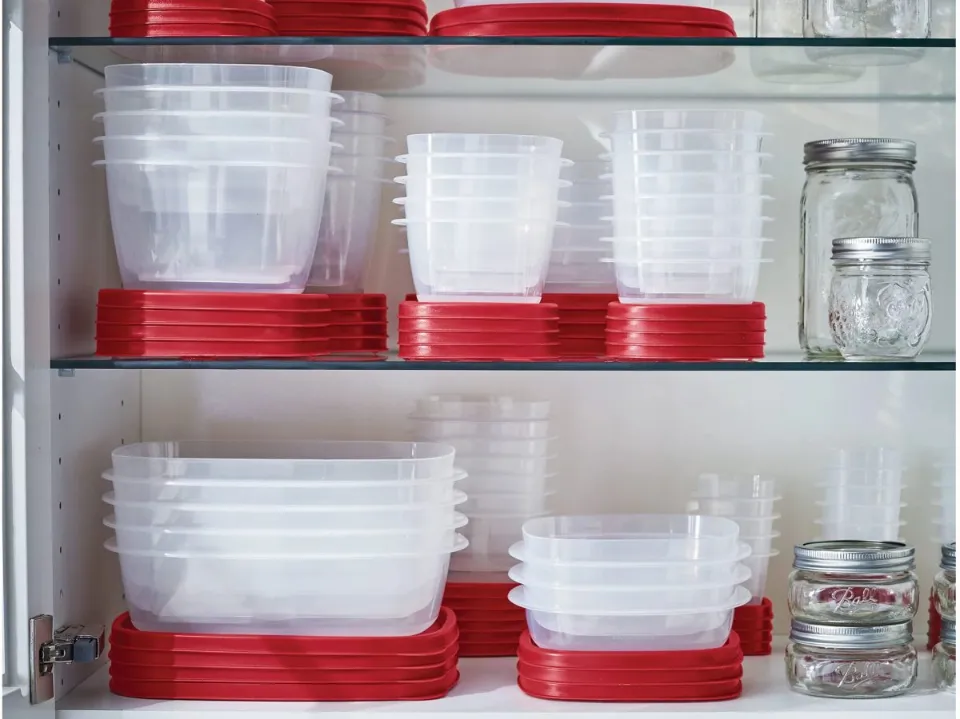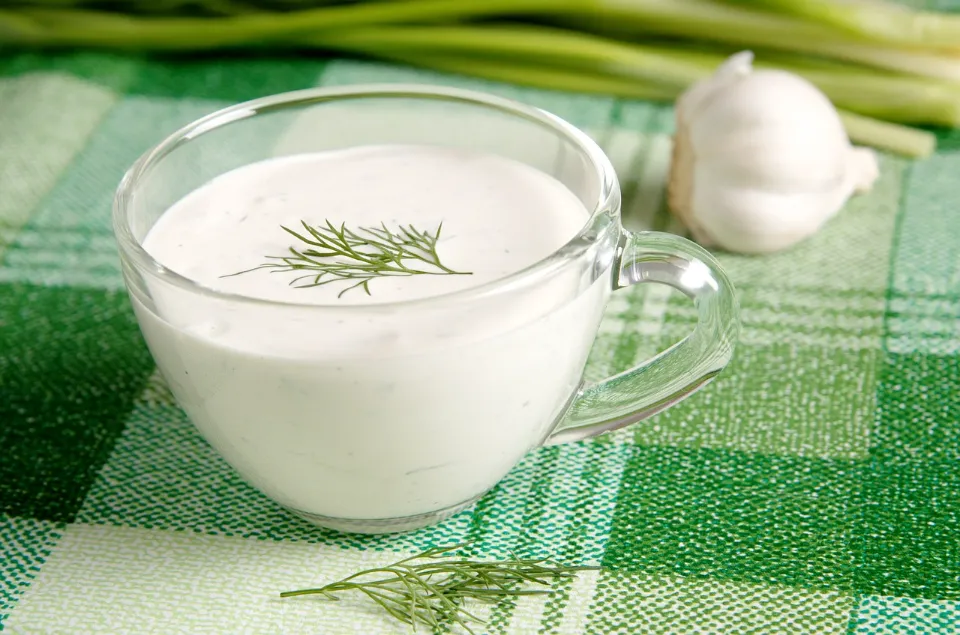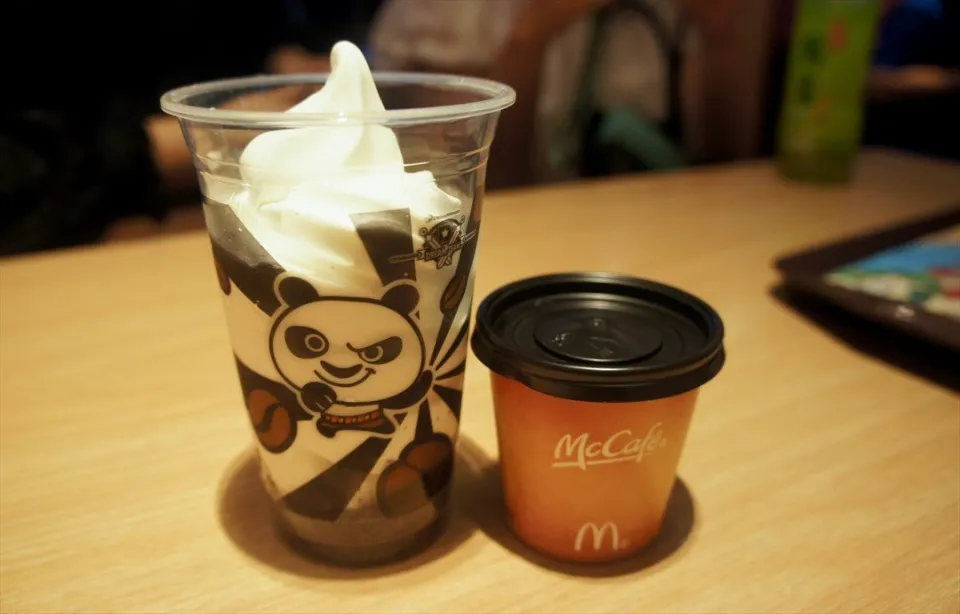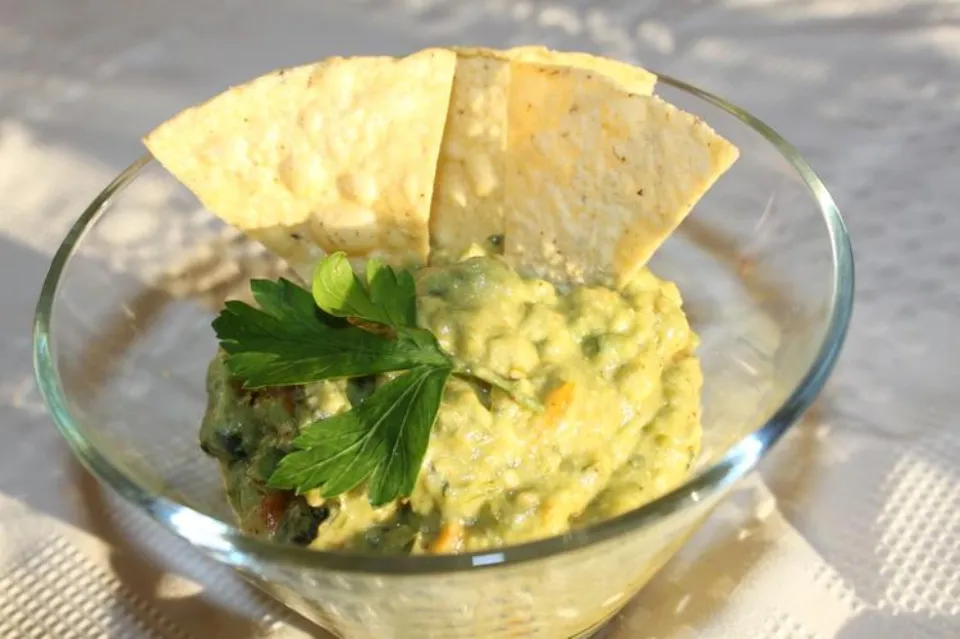For storing leftovers, takeout, or your child’s school lunch, Rubbermaid containers are very practical.
Different types of glass or plastic are used to make Rubbermaid. Microwave safety applies to Rubbermaid.
Different types of glass or plastic are used to make Rubbermaid. Rubbermaid is generally safe to use in the microwave. However, before you reheat that leftover lasagna in the Rubbermaid, you should exercise caution. Learn more by reading on.
Can You Microwave Rubbermaid Food Storage Containers?
Rubbermaid food storage containers are microwaveable, claims the manufacturer. The special components used to create Rubbermaid plastic containers, as they have officially declared, are made to withstand typical household use, including defrosting and microwave reheating of food.
You should check on two things, though, to make sure a specific Rubbermaid container is actually safe to use in the microwave. First, look for a microwave-safe symbol or wording on the container that indicates the container is microwave safe. Second, look for a BPA-free sticker.
The container should not be microwaved if you don’t see either of those signs.
Here are some Rubbermaid products that are microwave-safe (and BPA free as well):
- Rubbermaid Lunch Blox Sandwich Kit
- Rubbermaid TakeAlongs On The Go Food Storage and Meal Prep Containers
- Rubbermaid Lock-Its Square Food Containers
- Rubbermaid Brilliance Glass Food Storage Containers
How to Use Rubbermaid Containers in the Microwave
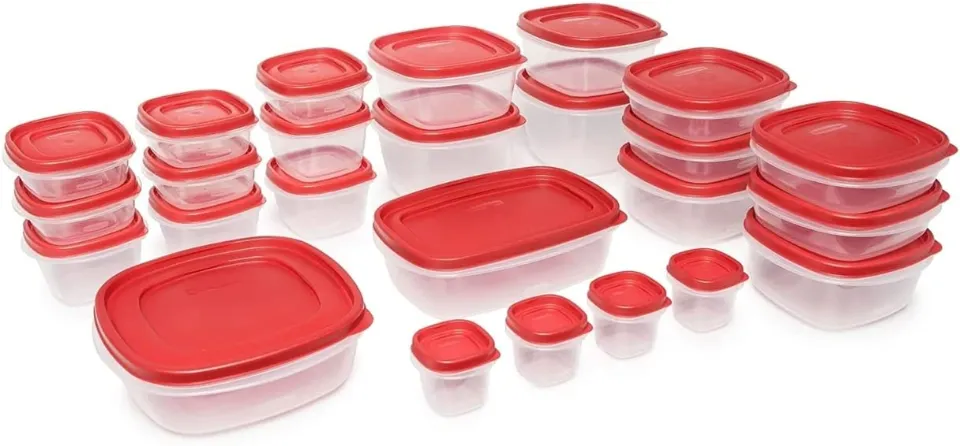
You should first read the label on the Rubbermaid plastic container if you are unsure of what to do with it. It will typically be marked as microwaveable on the label. The plastic bottom on the majority of Rubbermaid containers keeps them from overheating in the microwave.
But before you put it in that machine, be cautious and watch for any indications of weakness! you can take The majority of Rubbermaid containers are made of sturdy plastic materials, which would enable them to withstand the high temperatures produced by microwave heating. Rubbermaid containers out of the microwave after heating them for a while.
These containers’ thick walls act during microwaving like miniature convection ovens, absorbing heat and dispersing it evenly throughout their contents. This is a great way to reheat food and maintain its warmth for a long time.
Is It Safe to Reheat Food in a Rubbermaid Plastic Container in a Microwave?
Yes, using a Rubbermaid container to heat food in your microwave is safe. In fact, the business claims on its website that all Rubbermaid containers have undergone rigorous testing and evaluation to ensure that they are safe to use in microwave ovens.
This indicates that the plastic containers are BPA-free and can withstand microwave heating while also not leaching harmful chemicals into your food. As mentioned before, you can further confirm this by reading the label. You can be sure that the food will be heated safely if there is a microwave-safe and BPA-free symbol on it.
The business advises against reheating some foods in the microwave, though. These include foods that are fatty and oily. Foods with a lot of oil or fat may start cooking too quickly and cause a fire. The business specifically advises against heating these kinds of food in its food storage products on its website.
Can You Microwave Rubbermaid Lids?
Food is kept safe and fresh in Rubbermaid containers thanks to the tight-fitting lids that are included. The sealed lids also help avoid spills when storing foods, like soups, that are prone to leaks. These lids can be used in the microwave without risk, just like the containers.
The good thing about the Rubbermaid lid is that most products have some kind of venting so that steam can be released safely. If your Rubbermaid lid doesn’t have a venting system, it’s best to slightly loosen it while cooking so that steam can escape.
Concerns About Microwaving in Plastic?
Let’s face it: phthalates and bisphenols are two of the most frequently cited chemicals of concern for mixing with food, despite the fact that we are all so accustomed to using plastic in our daily lives.
Products like food packaging, building materials, vinyl flooring, children’s toys, and personal care items have all used phthalates, which are used to soften plastics.
Regarding bisphenols, they are primarily present in the linings of food cans and polycarbonate plastics such as water and juice bottles, food containers, and storage containers.
These two chemicals are frequently added by producers to their products to increase flexibility, break resistance, thinness, brittleness, and weight.
According to studies, these two substances may act as endocrine disruptors (EDCs) that change the hormonal balance in people. Reproduction, growth, and development (in children), behavior, and the immune system may all be negatively impacted by exposure, even at low levels.
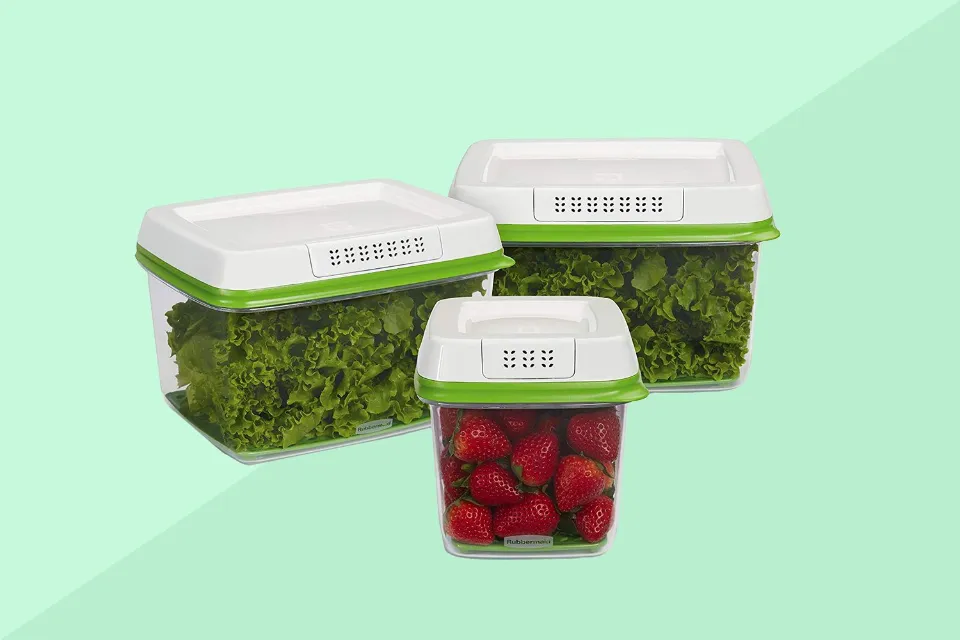
What Materials Make Up a Rubbermaid Container?
Specifically designed high-quality plastics are used to create Rubbermaid food containers. These plastics are free of BPA and other dangerous chemicals because they have been carefully formulated to meet FDA standards. Additionally, the company guarantees that its plastic won’t leak or let any dangerous materials get into your food.
Rubbermaid is able to completely eliminate BPA from all of its products thanks to Tristan plastic, which is recognized as the safest plastic in the world.
Tips to Microwave Rubbermaid Containers Safely
There are a few things to keep in mind when using your microwave to safely reheat food in Rubbermaid containers.
- Heat up to 212 degrees F without harming Rubbermaid containers. Overheating can damage the container’s plastic and cause it to melt.
- Before heating your container in the microwave, vent it or lift the lid a little. As was already mentioned, the lid needs to be able to release steam to prevent pressure from building up inside your plastic containers.
- When taking heated containers out of the microwave, be cautious. Rubbermaid food storage products can become brittle when exposed to high temperatures, just like any other plastic container can. Using protective gloves or an oven mitt when handling these containers is therefore recommended.
- Food with a high fat, oil, salt, and sugar content should not be reheated. Your plastic containers may become pitted or suffer other harm as a result of these foods.
- Tomato-based foods may stain your containers when reheated.
- Before serving, give the food in your Rubbermaid containers a few minutes to sit.
- Do not overfill your Rubbermaid containers. Overfilling could result in spills that leave your plastic container stained and/or with an unpleasant smell.
- Use only to defrost and reheat. Avoid using Rubbermaid food containers for cooking as they are not designed for this purpose.
What to Consider When Shopping for Rubbermaid
The overwhelming number of brand options can be confusing when looking for storage containers. Tupperware, Rubbermaid, Rubbermaid, and Simple Houseware are a few of the most well-known brands in the world.
Given the low cost of these goods, finding them in outlet malls or on the internet is never a problem. These items are simple to identify because they are available in a variety of hues and forms, including transparent ones that let you see inside a container without having to open it.
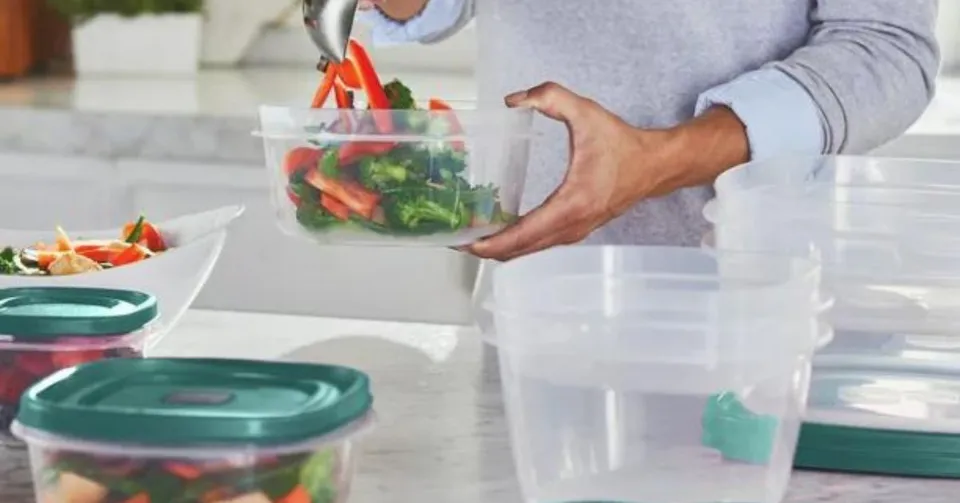
Conclusion
Many people frequently worry about microwaving in plastic. If you have any worries about these chemicals leaching into your food during this process, it’s crucial to be aware of the dangers of microwaving food in plastic.
Check the following guides to learn what kind of materials can be put in the microwave!
